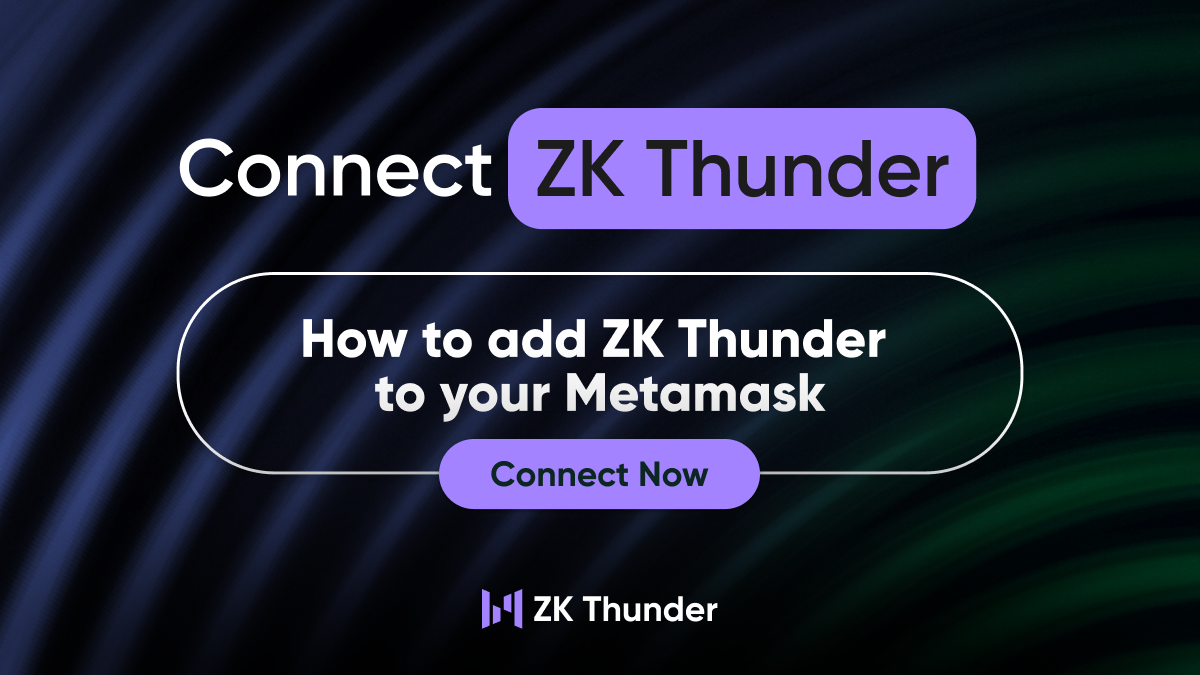
The Mona Lisa is not just a very well-known painting by Leonardo Da Vinci; it is probably the essence of art itself. In the world, there is only one Mona Lisa, and its value is inestimable.
Scarcity is an essential element in valuing things. This is one of the reasons why super-wealthy people buy expensive items like cars or watches. Buying a Ferrari from the ‘60s is not just to show your friends how passionate you are about the brand; it’s also a good way to preserve your capital from depreciation. Sometimes, even jokes can hold significant value. In the 1960s, an Italian artist named Piero Manzoni created 90 cans, numbered and signed, allegedly containing his own feces (they don’t by the way). These cans are now displayed in many museums, including Tate Modern in London.
We all have heard of NFTs (Non-Fungible-Tokens), and we know they usually represent art on a blockchain. The name itself explains the concept: when a “token” is non-fungible, it means it is distinguishable from others, making this token unique, or scarce.
Unfortunately, blockchain is a complicated technology. While many people compare the blockchain to a distributed supercomputer, the reality is that blockchain is extremely inefficient, and the more nodes that are part of the network, the more the computation and bandwidth are multiplied.
For this reason, Bitcoin is limiting the size of each block, to put a maximum limit on the resources required to run a node.
But how can you put art into a blockchain if its space is limited?
An NFT is usually a reference to a piece of art (a picture) that is stored somewhere else. It doesn’t really matter if the art is not inside the token, since it’s not the picture itself that needs to be scarce, but the token. If you take a picture of the Mona Lisa, your picture is worthless and doesn’t diminish the value of the original.
Segwit: Let’s see how block space works in Bitcoin.
In 2017, Bitcoin went through an upgrade called SegWit. This upgrade was an extremely complicated piece of engineering with the goal of fixing a bug called “transaction malleability.” Developers used this occasion to increase the size of each Bitcoin block from 1MB to 4MB. SegWit (short for segregated witness) essentially separates the block into two parts: the transaction and the witness (the witness is essentially the transaction signature, which, once validated, can theoretically be discarded), so that the transactions will fit into the 1MB part of the blockchain, maintaining backward compatibility with the old nodes, while witnesses are stored in the new space with a theoretical limit of 3MB.
The Bitcoin blockchain is considered both precious and scarce. Each time you initiate a Bitcoin transaction, you pay miners a fee to permanently include your transaction in a block. However, it’s the base part of the block, the section containing the transactions, that is truly scarce, as the other part is seldom saturated.
Welcome Inscription.
Inscriptions are like NFTs, but with the whole image written into the blockchain. But if it’s true that the space in a block is expensive and limited, how can you possibly write an entire image on it? It is thanks to the combination of Taproot (another recent Bitcoin upgrade) and SegWit. The former allows someone to write arbitrary data on the witness part of the block, while the latter changes the economic incentives of fees, making the additional payload almost irrelevant in terms of fees paid.
Controversies and Critics of Inscriptions
Inscriptions are possible only because of the effect of the two upgrades mentioned above, used in a way that was not predicted, and many people think inscriptions are abusing a bug. But the fact that a lot of people like the idea and are willing to pay a premium to exchange their images on the Bitcoin network means there is a market desire that is otherwise unsatisfied.
Hate on inscriptions, ordinals, etc., reached a point where LukeJr proposed a patch to Bitcoin Core to censor those transactions to the network, and El Salvador ruled it illegal.


Why a Layer2 is the right solution.
Regardless of whether you agree or not on the idea of censoring the network (using the law or code), you should agree that Layer2 is the real solution to the issue. Mintlayer, for example, is a tokenization layer on top of Bitcoin. It uses UTXOs like Bitcoin and allows the creation of fungible and non-fungible tokens. Mintlayer could be considered an extension to the Bitcoin blockchain, where other assets can circulate, without polluting the Bitcoin main chain, which can be focused on the monetary aspect of Bitcoin. Mintlayer is a solution to make everyone happy.
Discover more

How to Add ZK Thunder to Metamask
This is a step-by-step guide How to Add ZK Thunder to your Metamask Wallet.

Are Quantum Computers a Threat to Crypto?
We break down the risks posed by quantum computing and explore potential solutions to safeguard blockchain security.

Mintlayer’s Pulsar Consensus: A New Era for Efficiency & Security
We have published our comprehensive white paper on arXiv.org detailing the Pulsar Consensus.